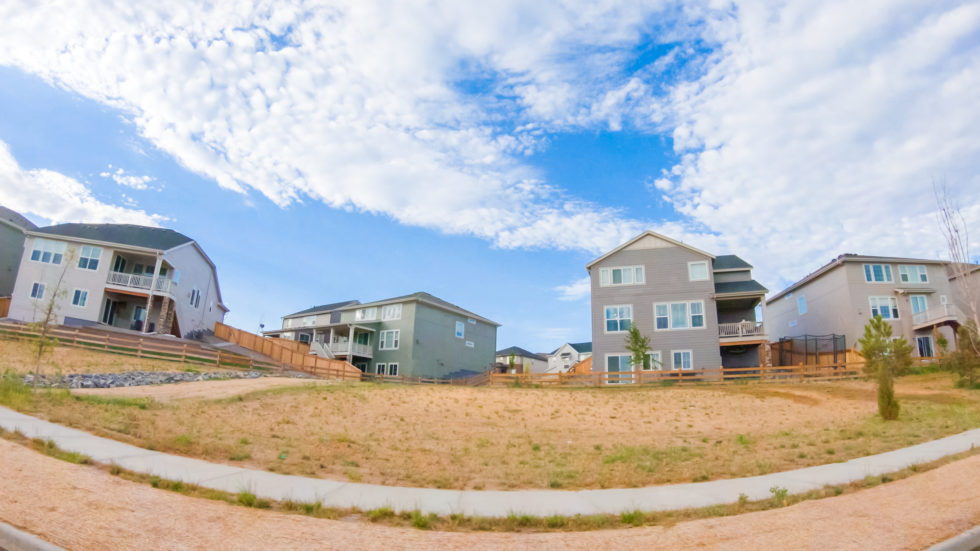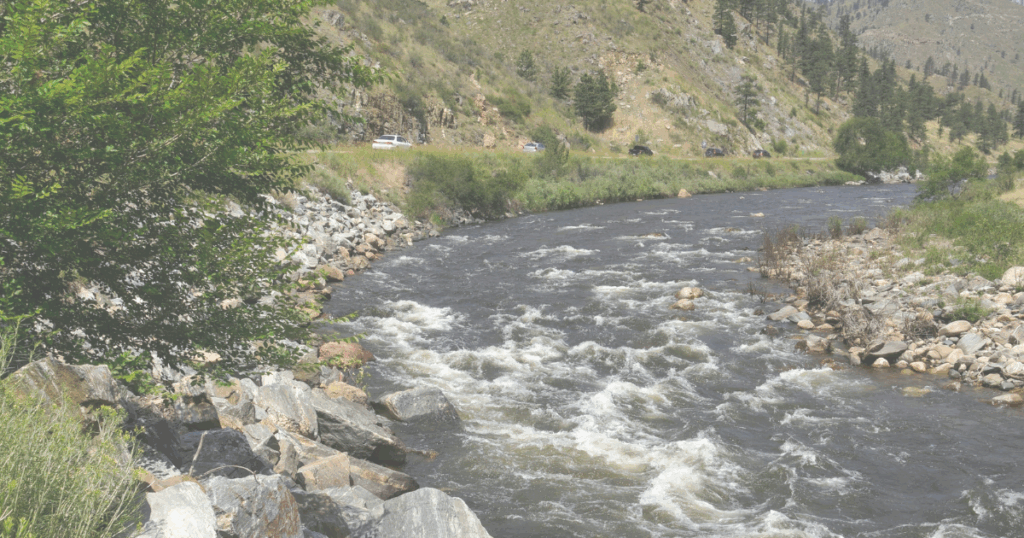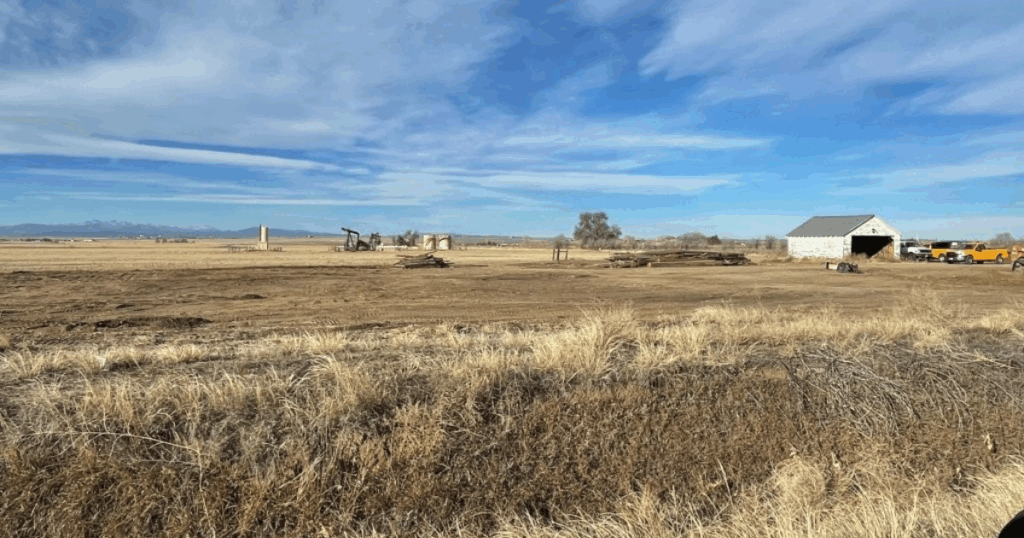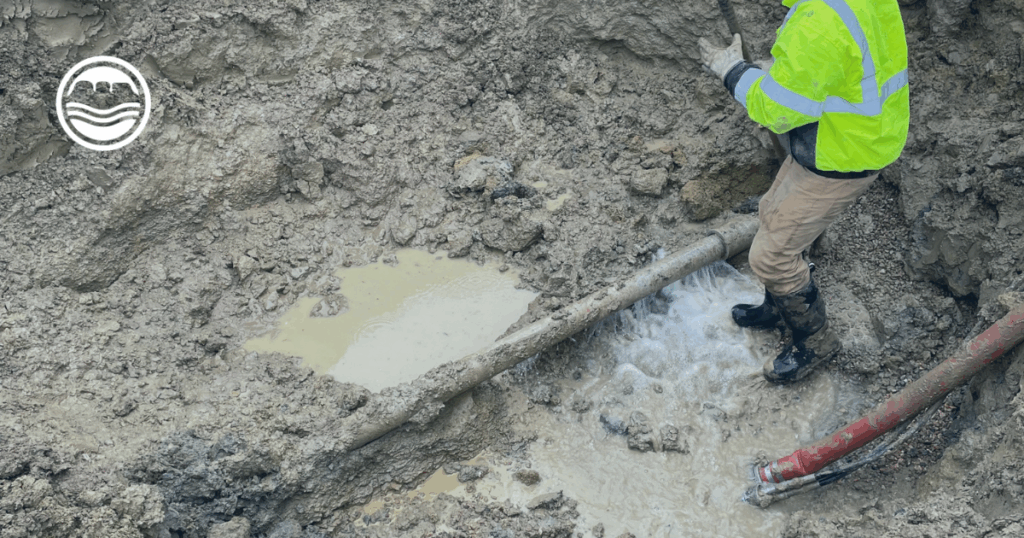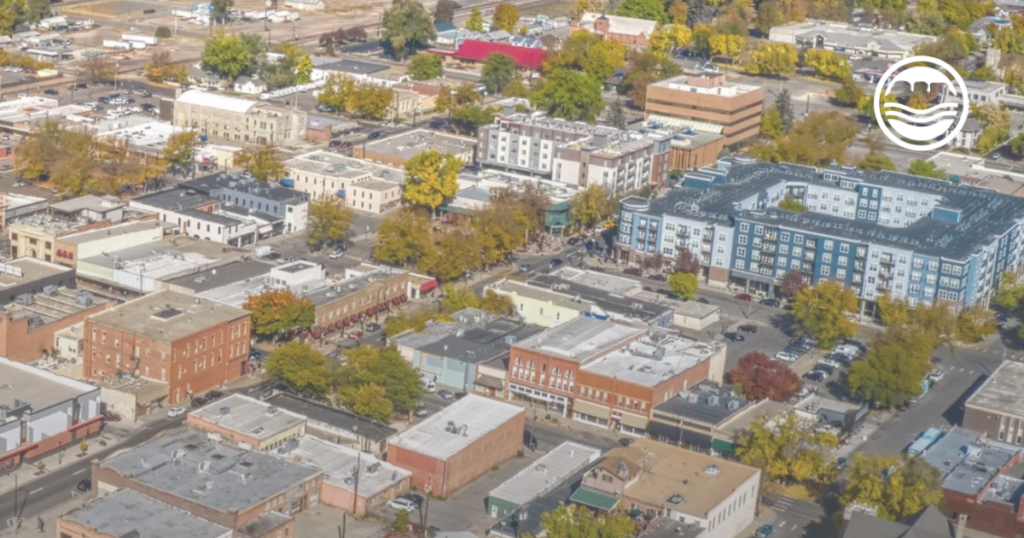This blog is the second installment of our District Funding series, where we examine the ways the Fort Collins-Loveland Water District is funded through various initiatives and fees. This particular post covers new taps. To read the first in the series, which covers customer billing and how to read your bill, click here.
Funding a water and sanitation district in Northern Colorado is complicated business. Our region has experienced unprecedented growth in recent years and there’s no sign of slowing, largely due to the draw of our amenities, culture and breathtaking outdoor recreational opportunities. But we like to think our refreshing, delicious water has something to do with it, too. When it comes to creating a budget that funds operations for existing customers, but also plans for and accommodates new growth, the District takes a careful and measured approach.
We recently examined how current customers help fund FCLWD’s ongoing operations. But that’s just one revenue funnel that funds our overall budget. The District’s approach to funding growth comes in the form of new tap fees. This lifts the burden from our current customers and places it on expansion by charging development for access to new water taps. This is the heart of our “Growth to Pay Its Way” approach.
New taps fund what the District refers to as non-operating projects—that is, projects that are not currently part of our operating system but rather serve the region’s growth. But what exactly constitutes a new tap? How much does it cost? How frequently do new tap applications arrive at the District and who is submitting them? This blog covers all of that and more in our effort to bring an added level of transparency to District operations.
What does the District consider a new tap?
Simply put, the only way to get water into a building or onto a parcel of land within the District is to own a water tap purchased through FCLWD. For new customers, that means purchasing what the District refers to as a new tap. But the vast majority of homeowners, renters and commercial business owners don’t go through the process of purchasing a tap, since that’s most often done by the developer before properties are initially sold, so the idea of a new tap is a bit mysterious to many. For the average dweller, a tap looks like a water meter—that device at your access point or buried in the meter pit in your yard that measures water consumption. This is the end result of a purchased water tap…so let’s back up just a bit to see how we get there.
The most common scenario for establishing a new tap in our District involves residential subdivision development—although anyone can technically buy a new water tap. When a new subdivision is being built, the FCLWD is part of the development process. We review plans before the development is built, review the onsite installation of pipes to ensure it’s up to code and regulation, and then work with the developer through the application process which concludes in a fee. There are many factors and approval steps that go into the process, including determining how much C-BT untreated water should be designated for each lot. We charge different scales and rates for residential, commercial, irrigation and multi-family units, which keeps the District efficient and our rates sensible.
Water services – the pipes themselves – are officially connected and then buried underground, and a water meter is installed, once the fee is paid.
What is the process for creating and approving new taps?
Let’s take a brief look at the process for approving these new taps. The process designated by the FCLWD includes multiple steps with multiple departments overseeing the physical installation of piping. Both the developer and the District are looking for “Substantial Completion” of the installation, which means the project is completed enough for its intended use, including health and safety testing. In the case of water pipes, it means they’re fit for receiving water per their standards and ready for the meter installation.
This process begins with the Engineering Department, which confirms details of the project with county records to ensure everything matches. The engineers also make sure the property has the right type of tap: For instance, a single-family residential tap isn’t installed for a multi-family property.
Next, the Field Services Department confirms the pipe and meter match the specs on the application. This is to ensure the pipes are delivering the right amount of water, and that the developer didn’t install a 3” pipe but applied for a 2” pipe.
It’s rare for an application to be rejected, mostly because the application is submitted after the District have been involved in reviewing the aforementioned parts of the development process.
When the application is submitted and approved, tap fees are paid. These fees are then used to fund growth-related projects such as new or expanded treatment plants and purchasing new raw water – emphasis on new. These are projects that only need to be completed to support new customers who come into the District, which is why we don’t use funds from current customers to pay for these projects.
How important are new taps to the District’s budget?
Most property owners don’t see the total cost of a tap fee because it’s baked into the cost of their property. The most consistently expensive new tap fee is for residential properties, which can total up to almost $70,000. Multi-family, commercial and irrigation taps start at $35,000 but can escalate to $500,000 depending on the size and scope of the project.
So, for homeowners, that means up to about $70,000 of a house’s value is the water tap rights that provide water services. Water rights in Northern Colorado are a complicated and expensive business. When the District sells new water taps, especially to large developments, it has to secure new water shares so there is enough water to serve the property. It’s not as simple as just diverting water to a new area of town.
Suffice to say, new tap fees make up an important part of the FCLWD’s non-operating budget, totaling approximately 54 percent of our entire budget. In order, our most common new taps are residential development, multi-family units, commercial properties and irrigation taps.
Overall, the District is experiencing multi-year growth in revenue from new taps, which funds our “Growth to Pay Its Way” approach to expansion. This year, 2022, is on pace to be the third year where the District have sold progressively more taps. Typically, 10-15 applications are submitted every week.
While area growth is complicated—it comes with its reasons for celebration and its inherent pain points—the District’s approach to growth ensures current customers aren’t footing the bill, nor is their access to water interrupted or diminished in any way.
Growth is a Conversation—Be Part of It!
The FCLWD strives for continued transparency with our customers, which is part of the reason we’re excited to put this series of District Funding blogs together. Water is life, so we always encourage our customers to be active members of the District community. To read more about District happenings, stay tuned to our blog. To reach us directly, never hesitate to contact us (although in case of emergency, make sure to use our emergency hotline—not our forms). And don’t forget to follow us on Facebook!
 Skip to content
Skip to content

